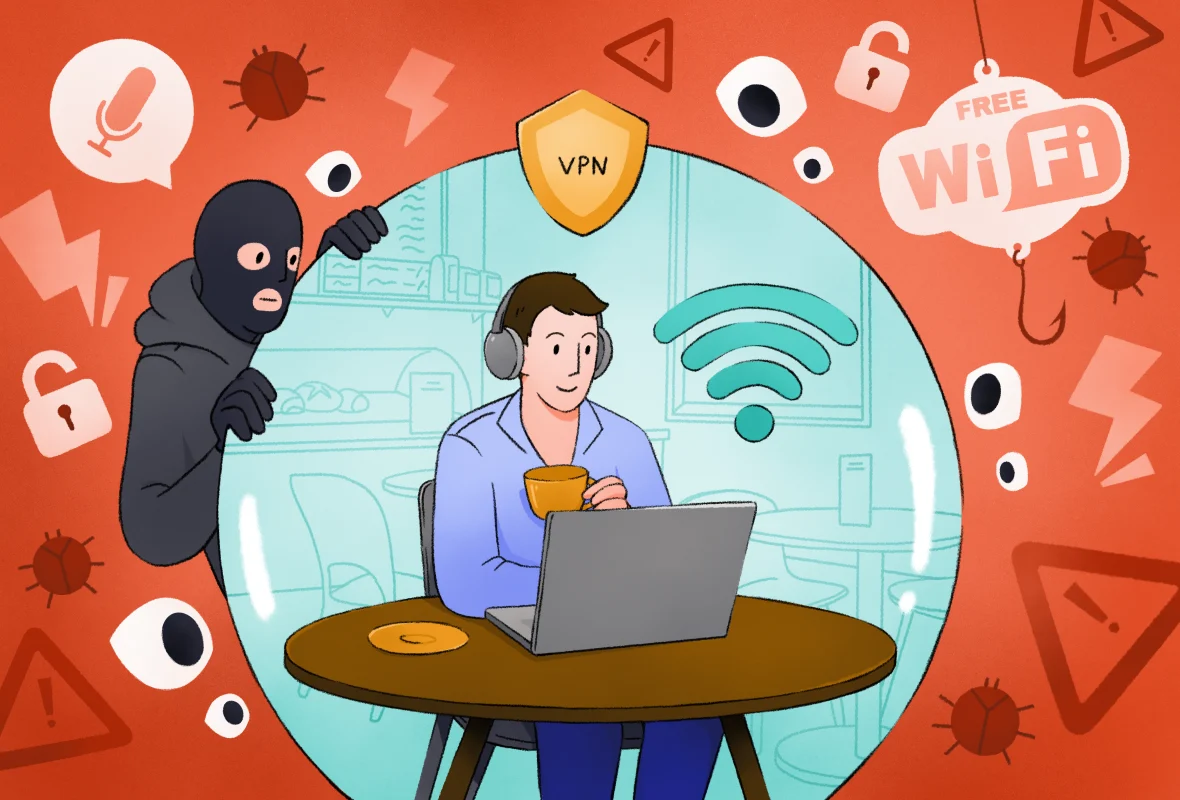Let’s face it, we live almost entirely digital lives these days. We do practically everything online, including banking, buying, socializing, and working. The catch is that convenience carries a risk. Every year, cybercriminals get more sophisticated, making you a prime target if you’re not taking proactive precautions.
Don’t worry, being safe doesn’t require you to be a technology expert. This straightforward, step-by-step guide can help you protect your digital life and get a better night’s sleep.
Step 1: Create Secure, Distinct Passwords
This one is well-known, but are you doing it?
- Avoid using the same password for more than one account.
- Use a combination of capital and lowercase letters, digits, and symbols to create complicated passwords.
- Steer clear of obvious things like “123456,” “qwerty,” or the name of your pet.
Expert advice: Make use of a password manager, such as Bitwarden, 1Password, or LastPass. It helps you create strong passwords and securely saves all of yours.
Step 2: Turn on two-factor authentication (2FA)
Consider 2FA to be your backup plan. A second code, typically delivered to your phone or produced by an app, is still required to log in even if someone manages to figure out your password.
- Turn on 2FA on your:
- Email addresses
- Social media
- Applications for banking
- Cloud storage (such as Dropbox or Google Drive)
It’s a simple step with strong defense.
Step 3: Update Your Software and Devices
Outdated systems are a favorite target for hackers. That obnoxious “Update Now” window? In reality, it’s keeping you safe.
- Update your operating system, applications, and antivirus program regularly.
- If you can, enable automatic updates.
- Firmware upgrades for your router and smart devices are important, so don’t overlook them.
Step 4: Connect to Public Wi-Fi with a VPN
Although convenient, public Wi-Fi networks can be dangerous. Hackers could snoop on your info if you’re not protected.
Even while using free coffee shop Wi-Fi, a VPN (Virtual Private Network) encrypts your internet connection to protect your surfing, passwords, and private information.
Step 5: Be Aware of Phishing Schemes
Phishing emails appear authentic, but they are scams. Exercise caution:
- Don’t download attachments from unidentified sources or click on dubious websites.
- Look for minor errors in email addresses, such as “netflix-support@netf1ix.com.”
- Whenever possible, visit the website directly rather than clicking on links in the message.
On the internet, it’s a good idea to remain suspicious.
Step 6: Make a data backup
Losing your data is disastrous, regardless of the cause—a ransomware attack or a system failure. Configure automatic backups to an external hard drive or the cloud.
Google Drive, Dropbox, iCloud, and hard disks from Seagate or Western Digital are a few excellent choices.
Step 7: Protect Your Phone
Your phone serves as a virtual safe. Think about it as one.
- Make use of a biometric lock or a tough passcode.
- Install software exclusively from reliable stores (App Store, Google Play Store).
- Turn on “Find My Phone” functionality in case it is stolen or lost.
Concluding remarks
Although protecting your digital life may seem intimidating, it is manageable and well worth the effort if you approach it piecemeal. Begin with passwords and go to frequent updates, VPNs, and backups.
You have a valuable digital world. Lock it down for a few minutes today; you’ll be glad you did.



